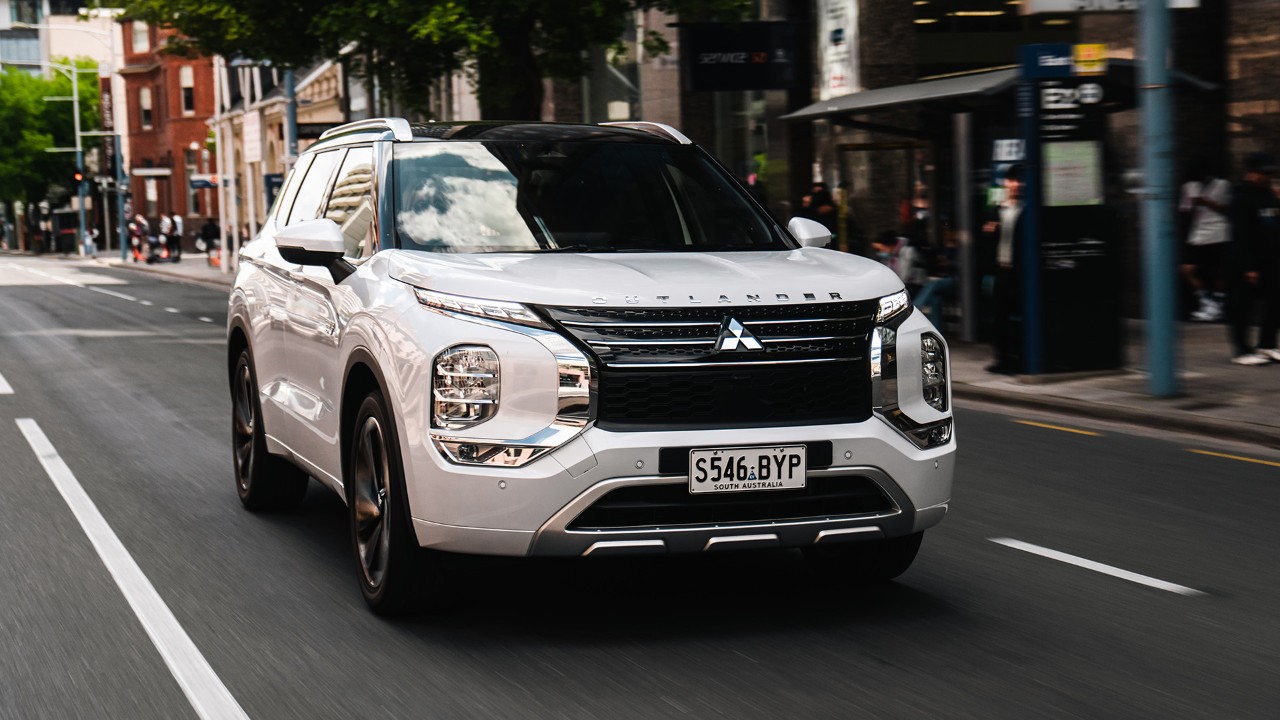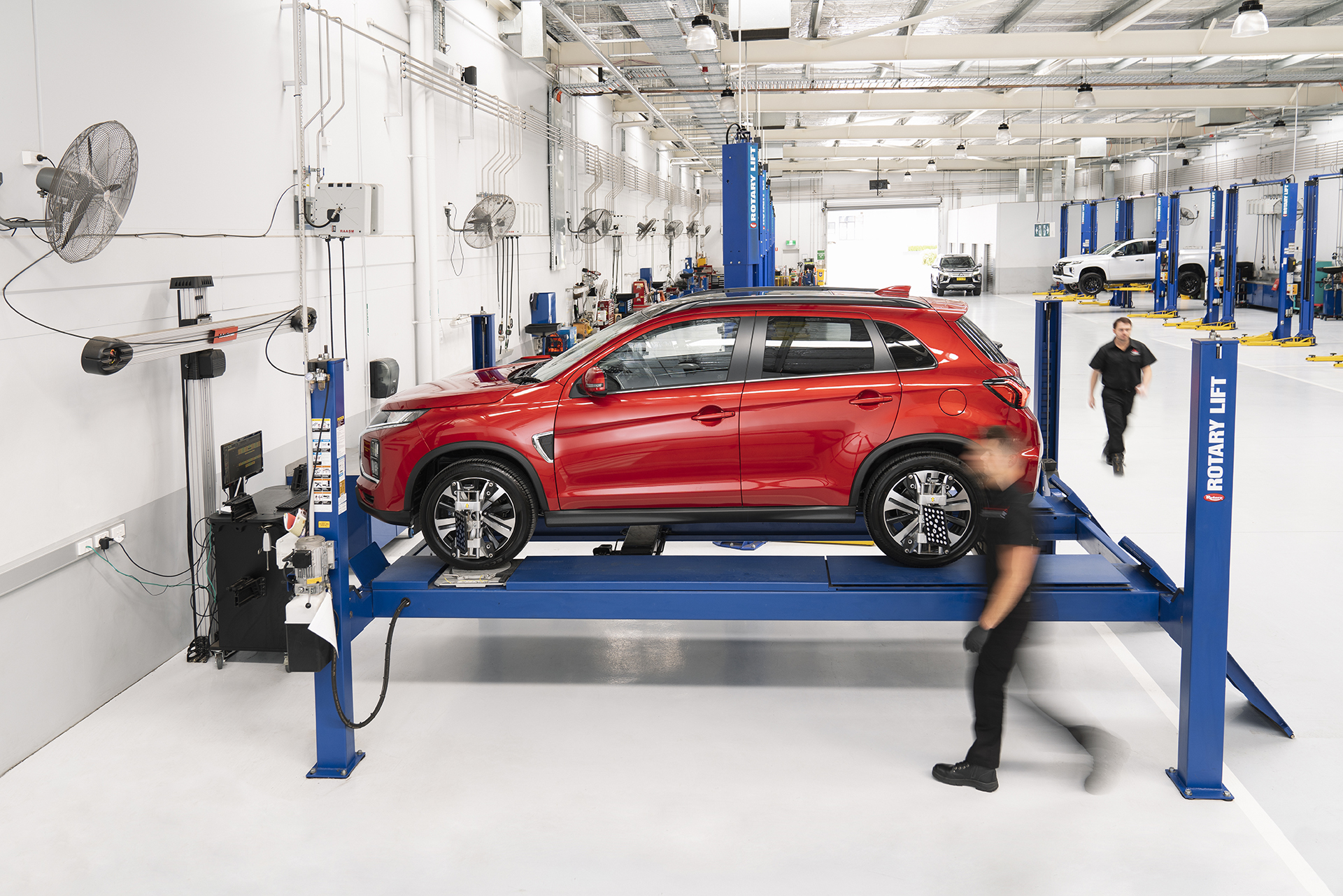The Ultimate Car Safety Checklist
Regularly checking and maintaining your car will help make driving a smoother and safer experience. Advanced safety features such as Mitsubishi’s MiTEC can save your life on the road, but vehicle safety checks are just as important in keeping you out of danger. Along with your car’s scheduled service, there are also a number of checks you can perform on a weekly or monthly basis. Give your car a good going over with our car safety checklist below.
Vehicle safety checks you can perform
1. Check your tyres
Tyres are vital to the safety of your driving experience, and easy to review with the help of a tyre safety checklist. Take a look at your tyres and check for the following problems:
- Incorrect tyre pressure: This can increase wear, and degrade handling and performance.
- Low tread depth: Tread depth below 1.5mm is against the law, but depth below 3mm can be a safety risk.
- Aging tyres: It’s not safe to drive on tyres more than 10 years old, regardless of use.
- Uneven wear: This can be a sign of a mechanical problem with your car, or simply tell you it’s time to rotate your tyres.
2. Check and clean your windscreen, windows, and mirrors
If your windscreen, windows, or mirrors are too chipped or grimy to see properly, this can be a safety risk. Check all the glass surfaces in your car for chips or scratches, and then give each of them a good clean. If your windscreen or mirror is chipped or cracked you’ll need a replacement.
3. Check and top up fluids
Check the following fluids in your car, and top them up if they’re low. You should also check for any puddles or stains under your car, as this can be a sign of a leak.
- Engine oil
- Radiator coolant
- Brake fluid
- Power steering fluid
- Windscreen washer fluid
- Clutch fluid (manual cars)
- Gearbox oil
- Differential fluid
4. Check all your lights
Turn on and test your headlights, brake lights, and indicators. If any of these are not working, you will need a replacement.
5. Check your car’s body
During your vehicle safety check, inspect your car for any of the following:
- Rust, especially in hinges, joints, or pillars
- Dents
- Any hinges or joints that are detached or insecure
- Any other part of your car that looks unstable or detached
If you notice any problems, you should get them fixed to prevent a safety risk or further damage to your car.
6. Look out for problem signs
Your car safety checklist is not complete until you’ve looked out for problem signs during your next drive. Here are a few key signs to look for – if you notice any of these, take your car for a service as soon as possible:
- Spongy or squealing brakes
- Brakes pull the steering wheel to one side
- Vibrations pulse through the brake pedal when in use
- Exhaust is smoky, or emits strange sounds
- Steering wheel shakes if you go over a bump or pothole
- Steering wheel pulls to one side
- Car continues to rock after coming to a standstill
- Other unusual noises
7. Don’t skip your scheduled service
When your car is serviced, mechanics will perform a thorough check for any faults that could impact your driving safety. This includes checking your brakes, suspension system, wheel alignment, engine and car body. Many of these parts are difficult to assess yourself, so it’s essential you take your car to be serviced at the appropriate time. If you’re an owner of a new Mitsubishi, you can enjoy 10 year capped price servicing as part of the Mitsubishi diamond service advantage.

